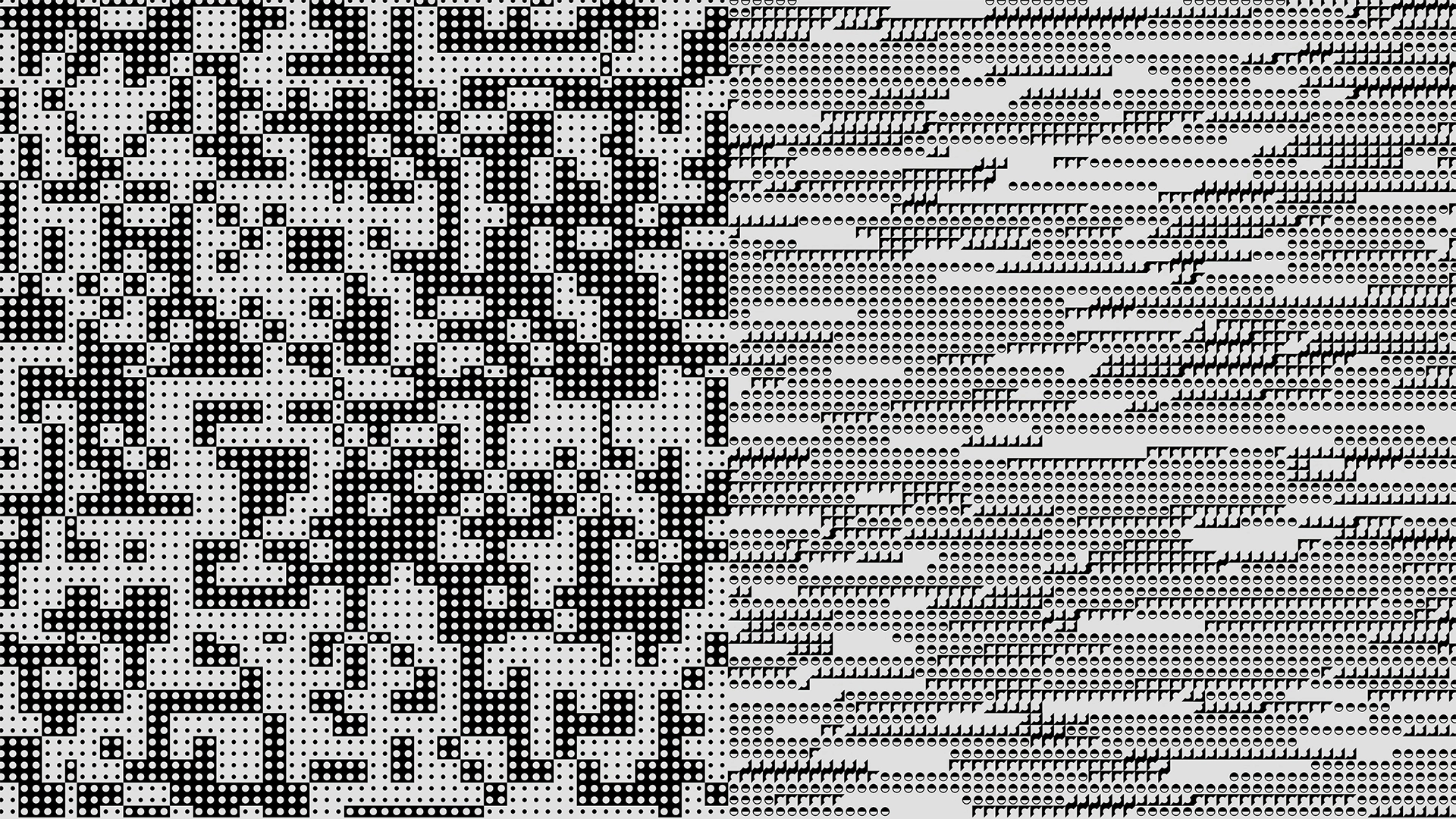Don’t Trust Me

The Importance of Being Quantum-Resistant
In the digital economy, trust is both the scarcest and the most valuable resource. Traditional online interactions rely on central authorities — such as banks, governments, and platforms — to establish identity and verify transactions. Yet, in recent years, new paradigms have emerged, aiming to replace central trust anchors with distributed, cryptographic systems that operate under the principle of “zero trust”.
Anonymous Credentials and Digital Identity
One of the most promising directions is the development of anonymous digital identities, also known as anoncreds. These systems enable individuals to verify attributes—such as age, residency, or membership—without disclosing their full identity. Building on selective disclosure and zero-knowledge proofs, anoncreds ensure privacy while maintaining verifiability. For example, you can prove you are over 18 to access a service without revealing your name, birthdate, or address.
This approach resonates with blockchain’s zero-trust philosophy: do not assume any participant is inherently trustworthy; instead, design systems where verification is cryptographic and mathematically enforced. In fact, as the Russian proverb goes, you have to “trust, but verify”: in a trustworthy ecosystem, trust emerges from verifiable guarantees rather than unverifiable promises.
Quantum Computing: A Looming Threat
However, the security foundations of anoncreds, blockchains, and most of today’s digital economy rest on cryptographic primitives—RSA, elliptic curve cryptography, digital signatures, and zero-knowledge proofs—that assume certain mathematical problems are computationally infeasible. The hardness of factoring large integers or solving discrete logarithms underpins their safety.
Quantum computing directly threatens this assumption. Shor’s algorithm, running on a sufficiently large quantum computer, could break RSA and elliptic curves in polynomial time, rendering the majority of current public-key infrastructures obsolete. Similarly, Grover’s algorithm accelerates brute-force attacks, halving the effective security of symmetric cryptography.
For anoncreds and blockchain-based identities, this is an existential risk. Suppose an attacker can forge digital signatures or break zero-knowledge proofs. In that case, anonymous credentials collapse, allowing false identities to be created, transactions to be falsified, and records to be tampered with. In a zero-trust architecture, where cryptography is the sole arbiter of legitimacy, quantum vulnerabilities undermine the entire trust model.
Enter Post-Quantum Cryptography
Post-quantum cryptography (PQC) tools are cryptographic hardware, software, and services designed to resist both classical and quantum attacks. Instead of relying on factoring or discrete logarithms, PQC explores mathematical problems believed to remain intractable for quantum computers, such as lattice-based, hash-based, code-based, and multivariate polynomial systems.
These new standards are not merely academic exercises—they represent the next layer of security for digital infrastructure worldwide: in fact, while anoncreds and blockchain may be at the cutting edge of cryptographic innovation, the stakes are far broader. Entire sectors depend on digital security rooted in today’s vulnerable primitives:
- Banking and Finance: trillions of dollars in global transactions rely on public-key cryptography for authentication and settlement.
- Healthcare: electronic health records and medical devices require uncompromised confidentiality and integrity.
- Defence and Intelligence: national security communications and classified data must be safeguarded for decades.
- Telecommunications: the backbone of the internet, from TLS in web browsing to secure mobile communications, depends on public-key infrastructures.
Quantum readiness is not optional—it is a matter of systemic resilience. Migration to PQC must be proactive, since adversaries may already be harvesting encrypted data today to decrypt it once quantum machines mature, a strategy known as “harvest now, decrypt later.”
The Future of Trust
The zero-trust paradigm and anoncreds embody a new vision: a world where individuals can control their digital identity and trust no longer requires blind faith in central intermediaries. Yet this vision will only be sustainable if the cryptographic foundations are resilient against quantum threats.
In this sense, quantum resistance is the true enabler of trust in the digital age. By embracing post-quantum cryptography, we can preserve the integrity of both cutting-edge innovations like blockchain-based identities and the fundamental pillars of global security and economy.
To be quantum-resistant is not merely a technical upgrade—it is the continuation of the very principle of zero trust: building systems where trust is assured not by authority, but by verifiable guarantees.




